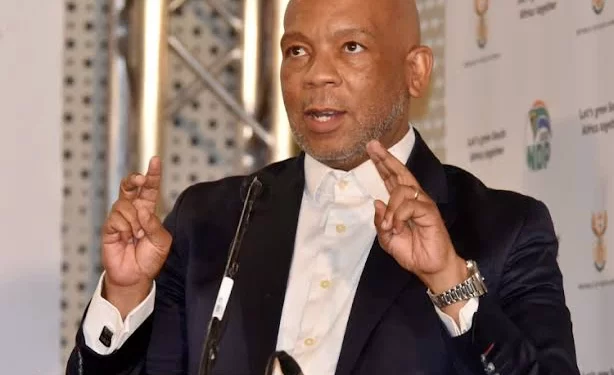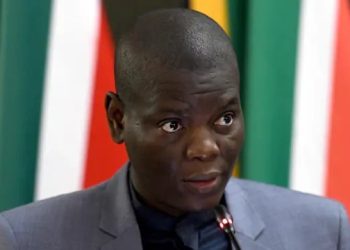Electricity plays a vital role in our daily lives, and the rapid advancement of modern technologies has transformed the world. However, the issue of load shedding in South Africa has placed the country in a precarious situation, with power stations constantly facing crises. In response to the lack of electricity in their communities, some South Africans have taken to the streets in protest, expressing their dissatisfaction.
Unfortunately, the hopes of the people have been shattered as recent news from the presidency delivers a blow to their expectations. According to a publication on News24, senior presidential officials have announced plans to rebuild South Africa’s aging coal-fired power facilities and introduce at least 50GW of private renewable energy projects by the end of the decade in order to address the debilitating blackouts. Since 2008, South Africa has been experiencing disruptions due to Eskom’s aging and poorly maintained plants, and despite government assurances to resolve the issue, power cuts have worsened, with the demand during winter exacerbating the situation.
Rudi Dicks, head of the presidency’s project management office, has emphasized the prioritization of repairs to Eskom’s newer power units and nuclear plant maintenance to alleviate the energy crisis by the end of the year. However, the rate at which private generation is implemented may impact the plan to retire some well-functioning coal-burning units until the system stabilizes. Dicks expressed a strong desire to move away from discussions about load shedding, stating in a Bloomberg interview in Johannesburg, “If it’s not resolved in two years, shoot me in front of a wall.”
The electricity shortages in South Africa have resulted in increased corporate costs, discouraged investment, and weakened the country’s currency and government bonds. President Cyril Ramaphosa faces mounting pressure to address these issues before next year’s elections, as opinion polls indicate a risk of the ANC losing its national majority. A government decision made in July to lower the cap on private companies’ power generation without a license has gained support. The project management office anticipates adding 1,800MW of private capacity to the grid this year, with even more in the future.
Saul Musker, head of strategy and delivery support in the presidency, highlighted the shift from a centrally planned energy system to a decentralized liberalized electricity market, stating that 50 to 60 gigawatts of renewable energy capacity is expected to be developed by 2030. This would be sufficient to replace 24 gigawatts of retired coal-fired plants and meet the growing demand for electricity.






















